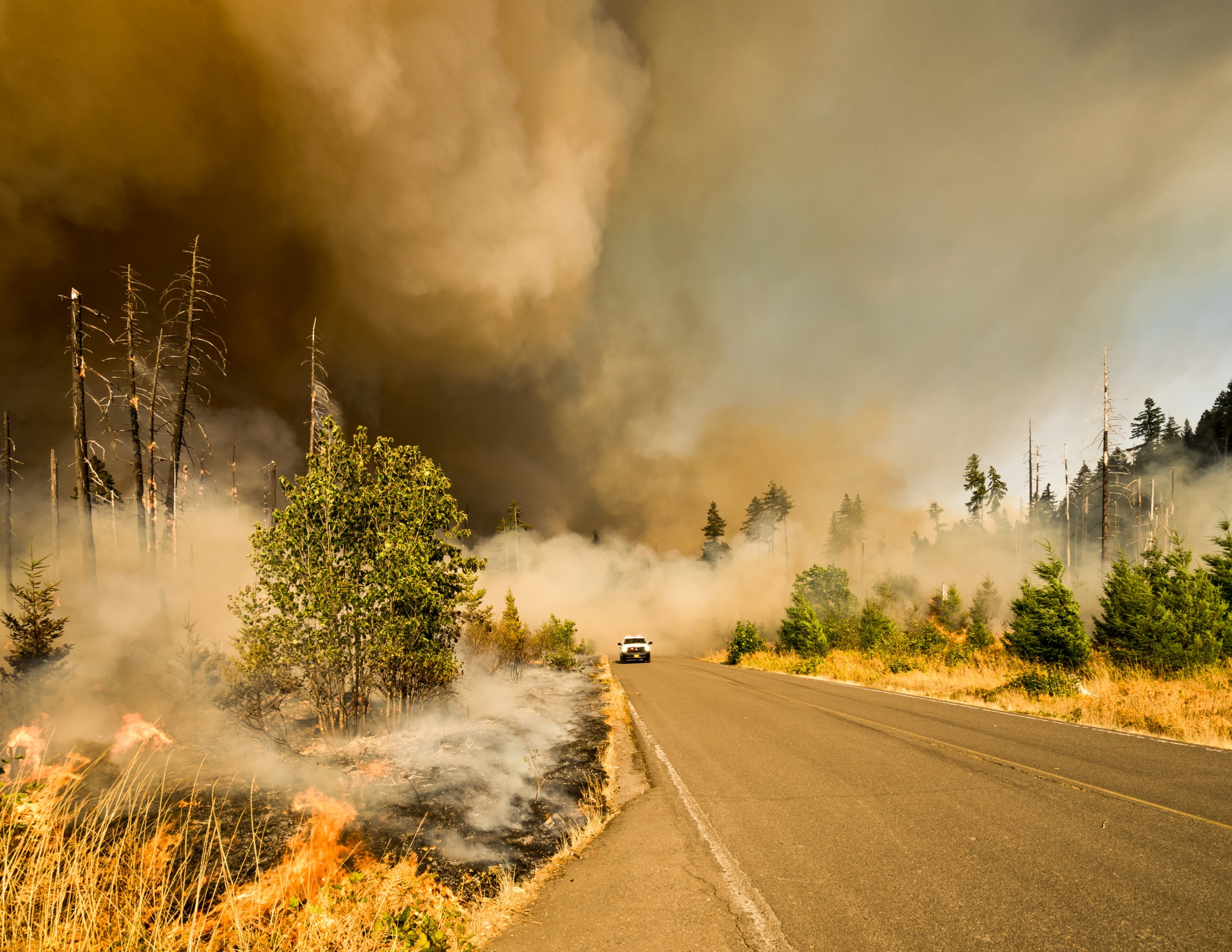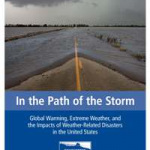
In the Path of the Storm
Global Warming, Extreme Weather, and the Impacts of Weather-Related Disasters in the United States
Hurricanes could be more severe in the future because of global warming, and nearly half the state’s population has been hit by an extreme weather event since 2006, according to the county-by-county data examined in the report.
Environment North Carolina Research & Policy Center

This report examines county-level weather-related disaster declaration data from the Federal Emergency Management Agency (FEMA) for 2006 through 2011 to determine how many North Carolinians live in counties hit by recent weather disasters.
The report also details the latest science on the projected influence of global warming on heavy rain and snow; heat, drought and wildfires; and hurricanes and coastal storms. Finally, the report explores how the damage from even non-extreme weather events could increase due to other impacts of global warming such as sea level rise.
Key findings include:
- Since 2006, federally declared weather-related disasters affected 59 counties in North Carolina and 4.5 million people –nearly half the state’s population.
- In 2011 alone, federally declared weather related disasters affected 45 counties in North Carolina. Nationally, the number of disasters inflicting more than $1 billion in damage (at least 14) set an all-time record last year, with total damages from those disasters costing at least $55 billion.
- Research predicts that hurricanes are expected to become even more intense and bring greater amounts of rainfall in a warming world, even though the number of hurricanes may remain the same or decrease.
- The report reflects the spate of tornadoes that hit North Carolina last spring, but also notes that the research shows little scientific consensus about the impact of global warming on tornadoes.
Topics
Find Out More


Carbon dioxide removal: The right thing at the wrong time?

Fact file: Computing is using more energy than ever.


